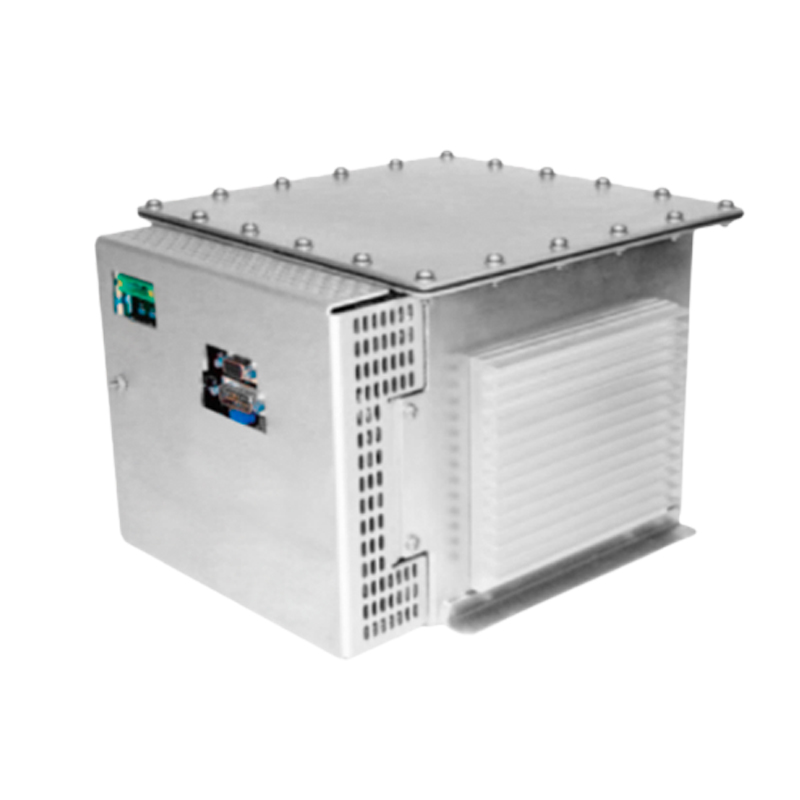The Key Role and Safety Considerations of High-Voltage Generators in Medical Radiotherapy
With the continuous development of medical technology, radiotherapy has become one of the important methods for the treatment of malignant tumors. In the process of radiotherapy, high-voltage generators, as one of the core components, play a crucial role. This article will explore the key role of high-voltage generators in medical radiotherapy and its safety considerations from a professional perspective.
I. The Key Role of High-Voltage Generators
1. Generate high-energy rays: High-voltage generators produce high-energy rays such as X-rays and γ-rays by generating high-voltage electric fields and accelerating electrons. These rays are used in radiotherapy to destroy the DNA of cancer cells, thereby achieving the purpose of treating tumors.
2. Control ray energy: High-voltage generators can precisely control the output ray energy to meet the treatment needs of different depths and types of tumors. By adjusting the parameters of the high-voltage generator, the energy of the rays can be precisely regulated to improve the treatment effect.
3. Ensure treatment accuracy: High-voltage generators work closely with other components of radiotherapy equipment (such as accelerators, beam transport systems, etc.) to ensure that the distribution and dose of rays in the patient's body are precise and controllable. This is of great significance for improving treatment effects and reducing side effects.
II. Safety Considerations
1. Equipment quality and reliability: As a core component of radiotherapy equipment, the quality and reliability of high-voltage generators are crucial. When selecting high-voltage generators, factors such as design, manufacturing process, and materials should be fully considered to ensure that the equipment can work stably and reliably over a long period.
2. Electrical safety: High-voltage generators involve dangerous factors such as high voltage and large current, so electrical safety standards must be strictly observed in design and use. This includes equipment grounding, insulation, overload protection, and other aspects to ensure the safety of patients and medical staff.
3. Radiation protection: Although radiotherapy aims to treat tumors with rays, excessive radiation may cause damage to patients and medical staff. Therefore, effective radiation protection measures must be taken during the use of high-voltage generators, such as setting up shielding facilities and limiting personnel access to radiation areas.
4. Quality control and monitoring: To ensure the accuracy and safety of radiotherapy, regular quality control and monitoring of high-voltage generators are necessary. This includes testing, calibrating, and maintaining the performance parameters of the equipment to ensure that it is always in good working condition.
5. Operator training: Operating high-voltage generators requires certain professional knowledge and skills. Therefore, strict training and assessment of operators are essential to ensure that they are familiar with the operating procedures and safety precautions of the equipment, which is crucial for ensuring the safety of radiotherapy.
In summary, high-voltage generators play a key role in medical radiotherapy, and their performance directly affects treatment effects and patient safety. In practical applications, we should pay full attention to the safety considerations of high-voltage generators, focusing on equipment selection, electrical safety, radiation protection, quality control and monitoring, and operator training to ensure the accuracy and safety of radiotherapy.




















